Psychology: Research Methods Assignment on Data Analysis Techniques
VerifiedAdded on 2021/11/12
|7
|708
|46
Homework Assignment
AI Summary
This document presents a student's completed research methods assignment, demonstrating data description and analysis techniques. The assignment includes two exercises. The first exercise focuses on identifying independent and dependent variables, interpreting a box plot generated in SPSS to assess data distribution, identifying outliers, and calculating mean and standard deviation. The second exercise involves identifying the independent and dependent variables, analyzing histograms to assess normal distribution, and comparing the mean and standard deviation of two groups of students based on their drug use. The student utilizes SPSS to generate outputs and provides interpretations based on the statistical results, referencing relevant academic literature to support their analysis. This assignment offers insights into data analysis methodologies commonly used in psychological research.
1 out of 7
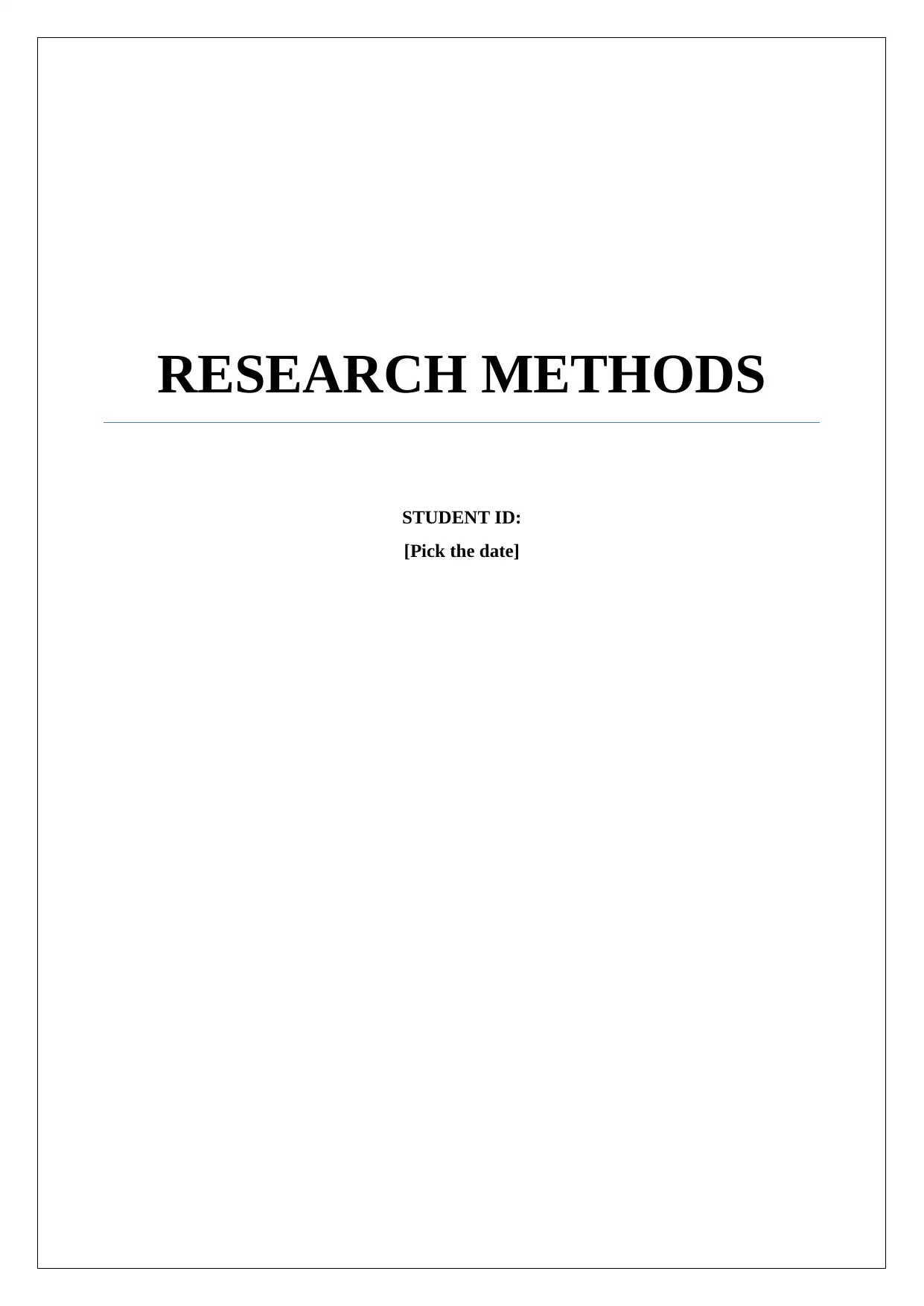

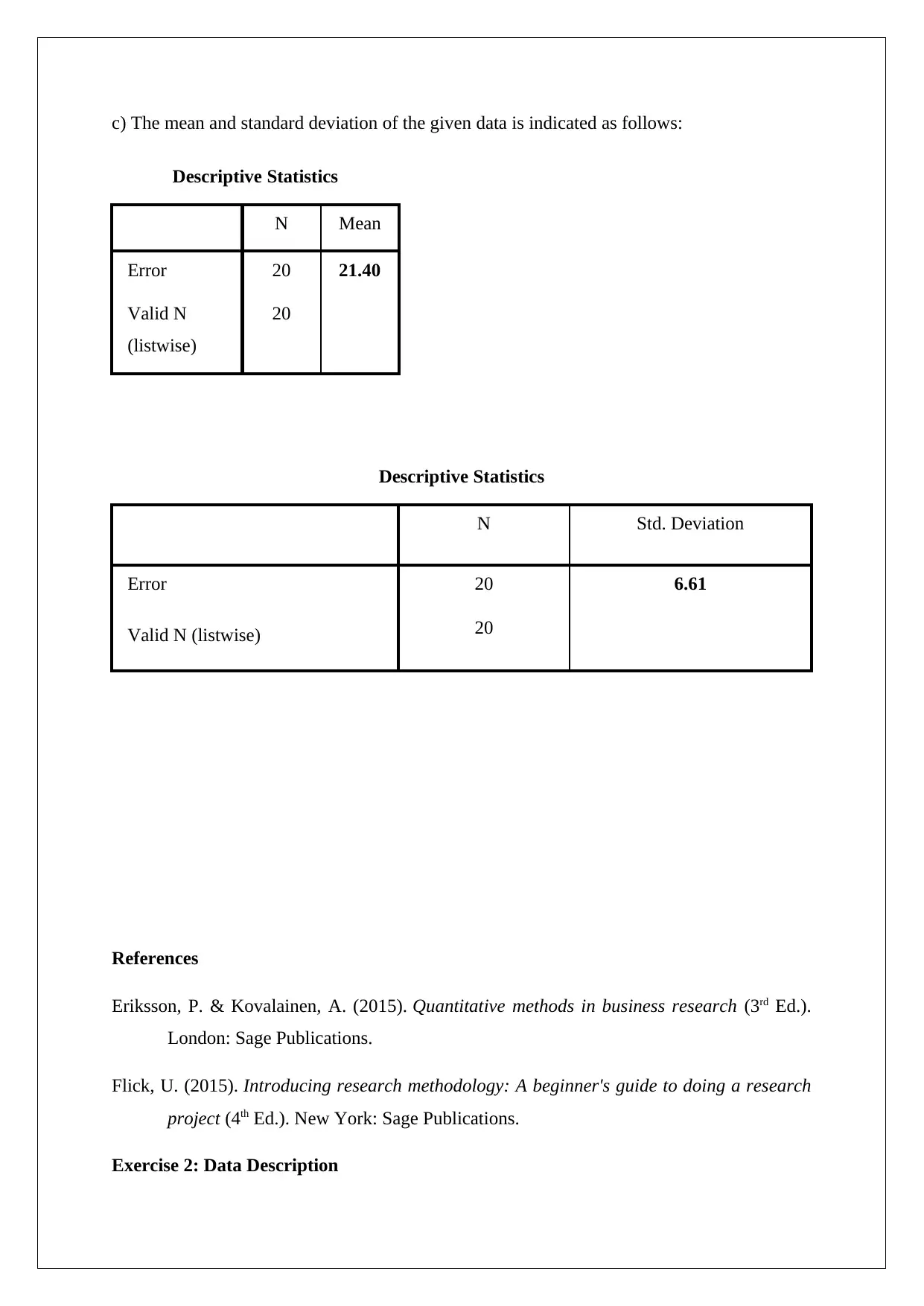

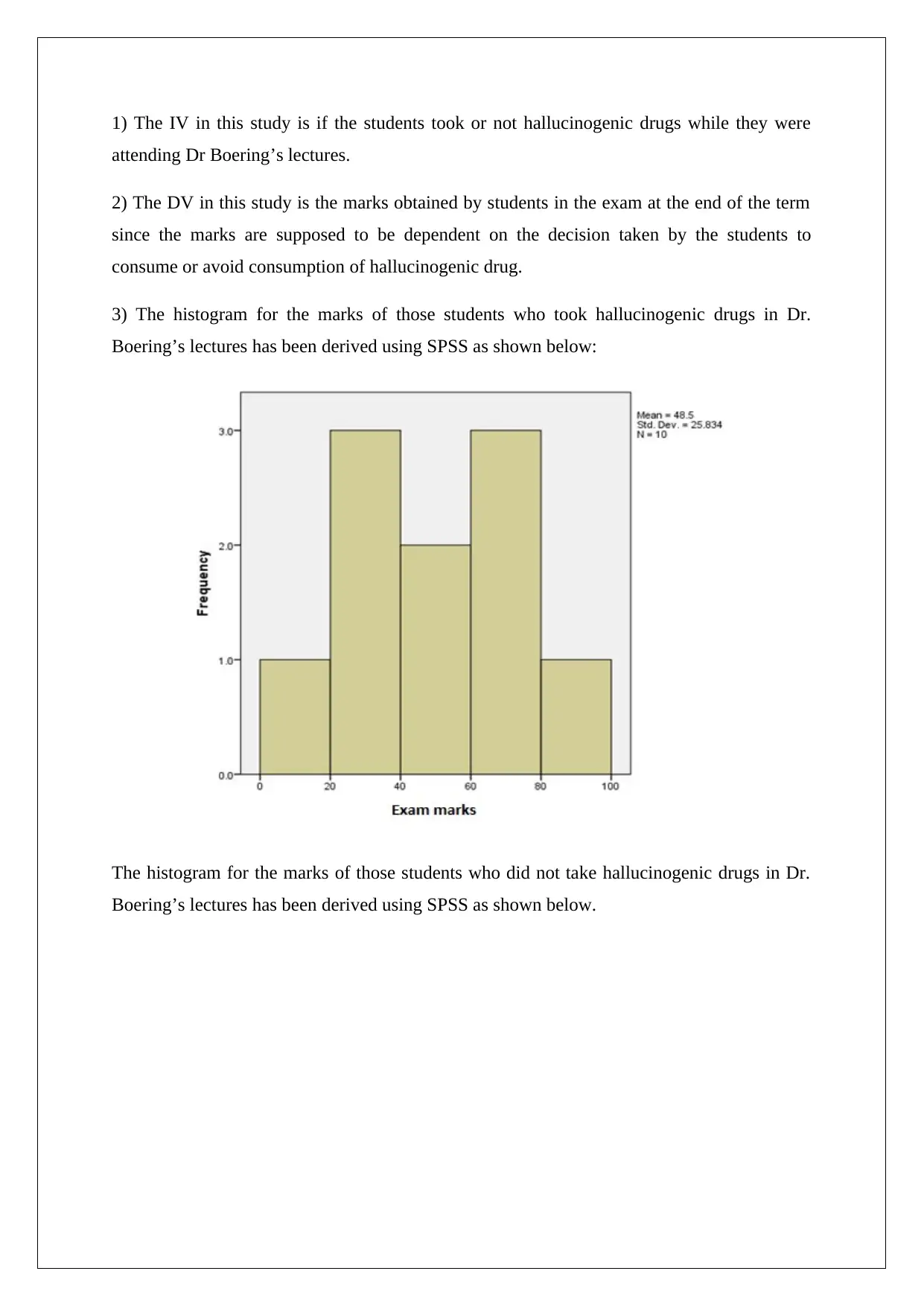

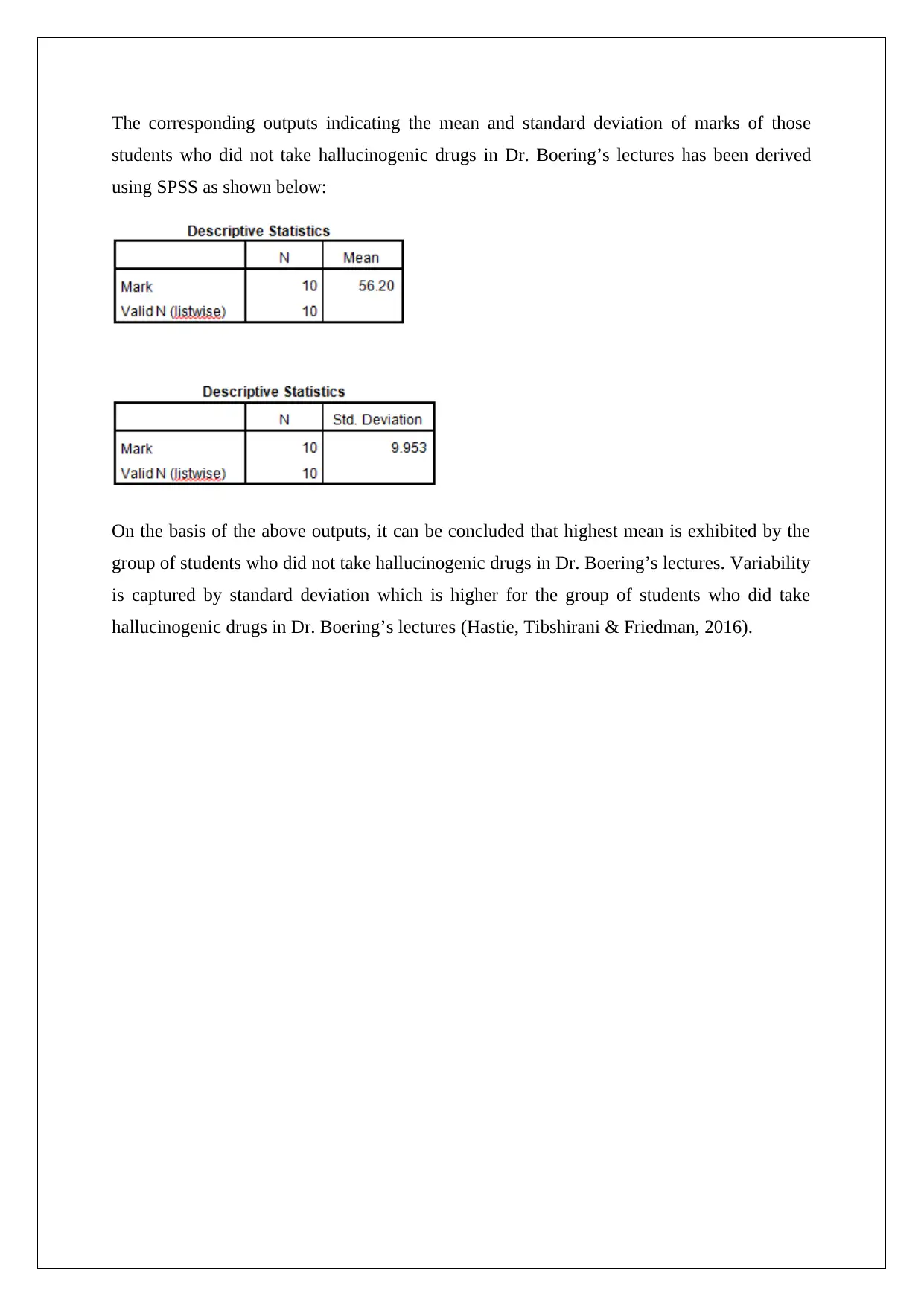
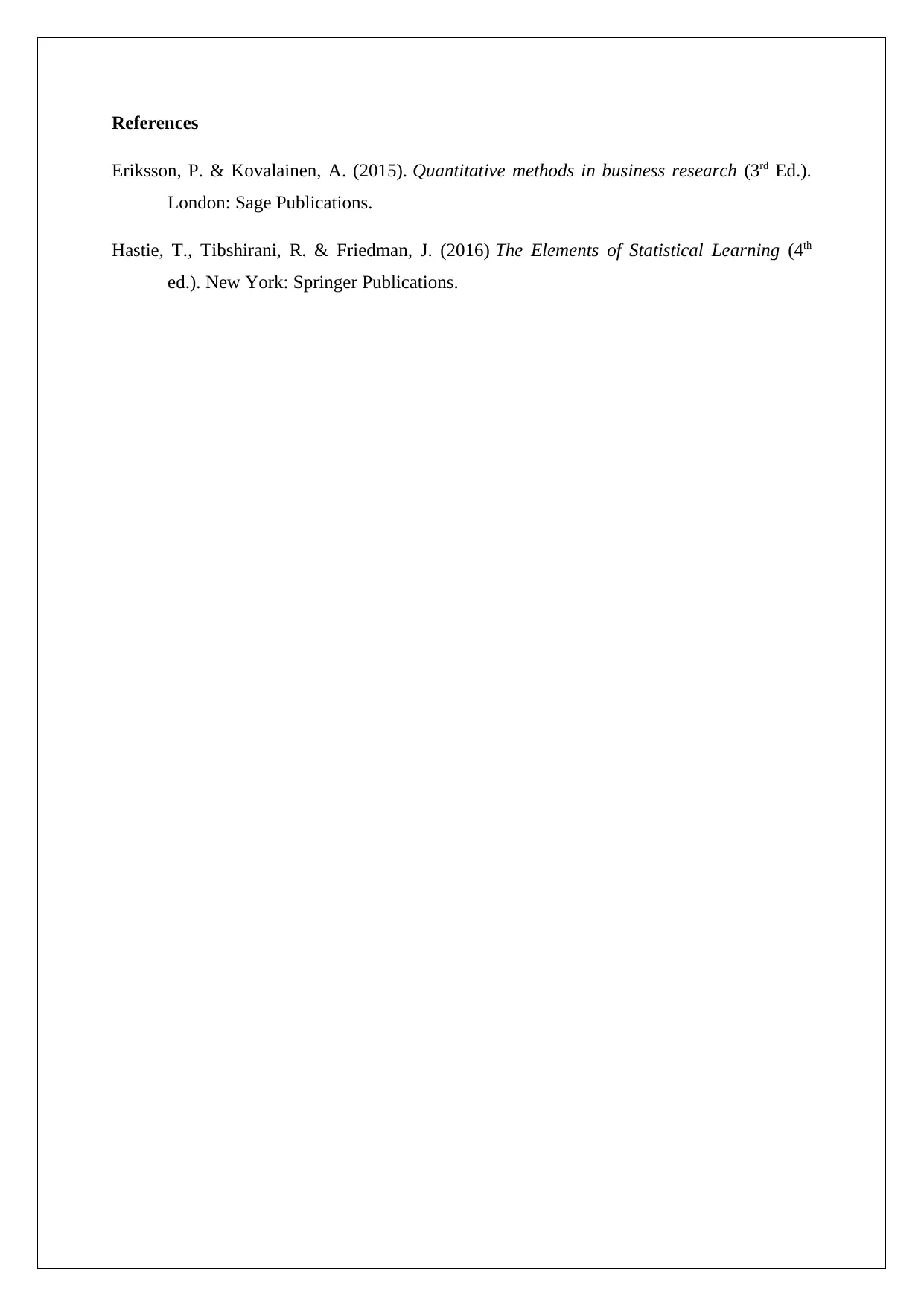




![[object Object]](/_next/static/media/star-bottom.7253800d.svg)